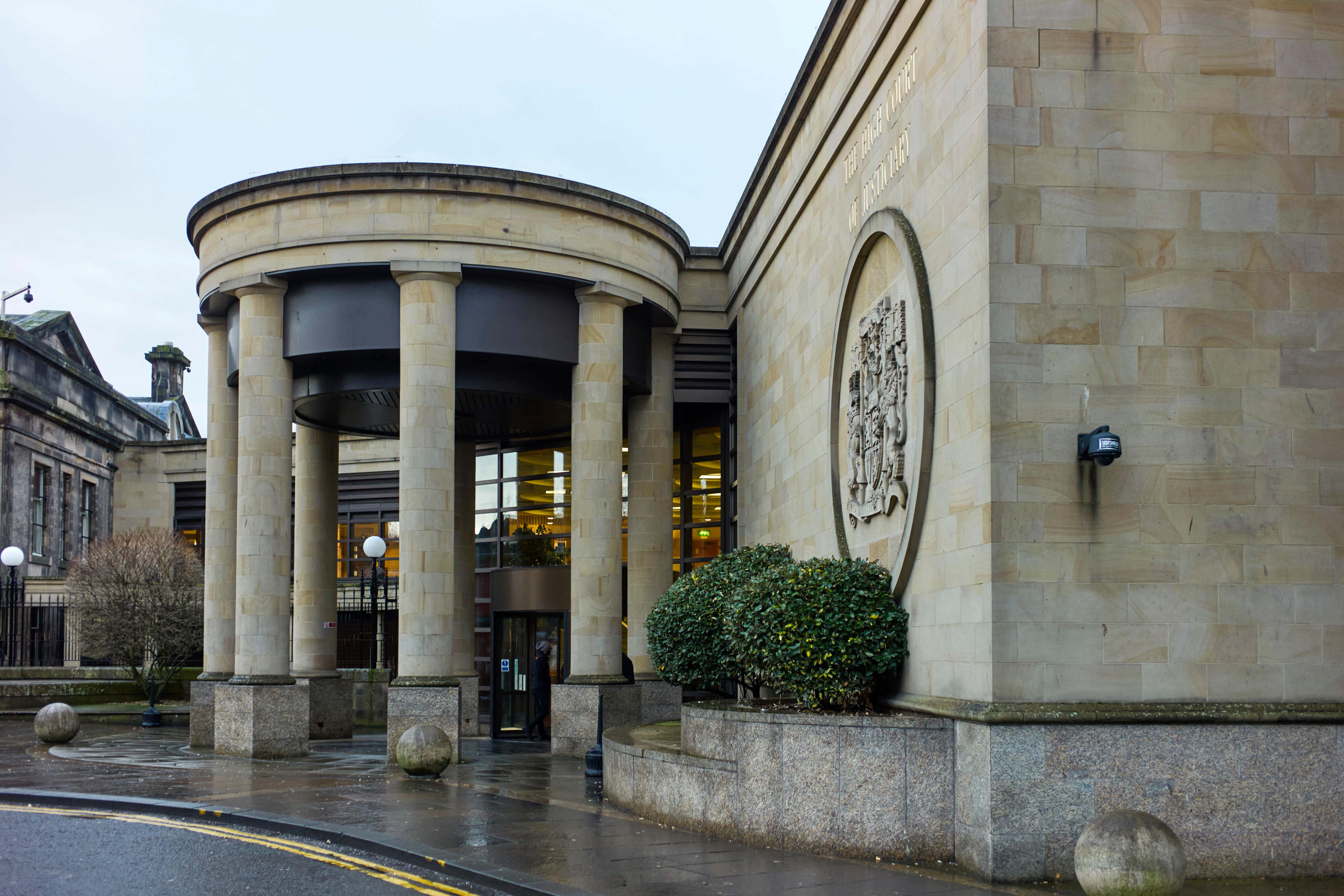Brother could have hurt his hands on night of Amber Gibson’s death, court told
Connor Gibson is accused of murdering his sister on November 26 2021.

A man accused of murdering his teenage sister had abrasions on his knuckles which could have occurred on the night he allegedly killed her, a court has heard.
Jurors at the High Court in Glasgow were shown photographs taken by forensic medical examiner Dr Shona Anderson, who examined the injuries of Connor Gibson, 20, following the discovery of his sister Amber’s body at Cadzow Glen, Hamilton, on November 28, 2021.
Gibson, who also goes by the surname Niven, is accused of assaulting and sexually assaulting his sister Amber, 16, and repeatedly inflicting blunt force trauma to her head and body in November 2021.
Dr Anderson told the court that Gibson had abrasions and scratches on his legs, elbow area and knuckles which could suggest Friday November 26 – the date Ms Gibson was last seen alive – would fit as a “possible timeframe” for when they were sustained.
She said: “Yes, these injuries could have occurred on the Friday night.”
Prosecutor Richard Goddard asked if the bruises could have been caused by the “knuckles coming into contact with a rough surface or punching something”.
Dr Anderson said: “Yes, it could have been caused by these mechanisms.”
Jurors heard from Peter Benson, of Police Scotland’s cyber crime group. He examined a phone found at the Blue Triangle housing unit in Hamilton where Gibson had been living.
It showed on November 27 at about 12.34am, the phone’s user wrote to a Snapchat group with five recipients: “I’m really going to need you guys help with something when yous come back. I’m being serious.”
The court saw evidence that about 40 seconds later the user messaged Amber Gibson on the app: “Are you ok?”
The user then told the group chat at approximately 1.33am: “nvm (never mind) it’s all good.”
Search history obtained from the phone also showed the user searched “How to get nosy police officers to stop monitoring your phone” at 11.38pm.
Gibson is accused of compressing Amber’s neck with his hands and strangling her with the intention to rape her.
He faces further charges of attempting to defeat the ends of justice by disposing of bloodstained clothing and calling the children’s home where his sister lived and pretending she was alive as well as telling police he had argued with his sister on November 26 before going to someone’s home.
A second man, Stephen Corrigan, 45, is on trial accused of discovering the teenager’s body between November 26 and 28 last year but instead of alerting police, he is alleged to have inappropriately touched and concealed her body.
Both men deny all charges against them, with defence agent Rhonda Anderson lodging a special defence of alibi on her client’s behalf.
The court heard from forensic biologist Alana Gunn who, while being cross-examined by Ms Anderson, said his “widespread” DNA could have been present on her body prior to her death.
Ms Anderson said: “As I understand it, your position from your evidence is that it could be that Stephen Corrigan’s DNA deposited on Ms Niven’s body could have been deposited before she went to the park (Cadzow Glen).
“Should the ladies and gentlemen on the jury understand that you are unable to exclude that his DNA was deposited on Amber Niven’s body before she went to the park and before she died?”
Ms Gunn replied: “We cannot tell you exactly what time the DNA was deposited,” before adding evidence did not say whether it “existed on her body before or after her death”.
Mr Goddard put it to Ms Gunn that Corrigan’s DNA was a “major contributor” on multiple parts of the teenager’s body, including her buttocks and breasts, while a significant amount of Corrigan’s DNA would need to be present on the sleeping back for this to be explained as transferring onto this much of her body.
Ms Gunn said: “There would have to have been a very large amount of DNA or body fluid to subsequently transfer on Amber Gibson’s unclothed body.”
The trial, before judge Lord Mulholland, continues.
